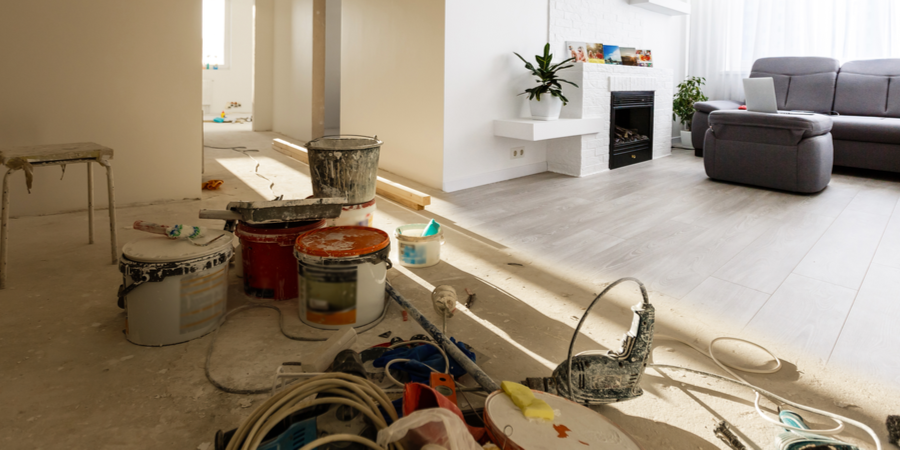

May 21, 2021

Many of our insurance policies have one thing in common: it is important to understand when to and when not to file a claim. You can’t always assume your homeowner’s insurance policy will cover everything you think it will.
Today, we will go over when you should file a home insurance claim and when it might be best not to.
Before filing a home insurance claim in California, you need to determine the approximate cost of repairs. If the estimate for the repairs on the home is $5000 and your deductible is $1000, it might be a good idea to file the claim since the repair or replacement cost will exceed your deductible.
If you have suffered a significant or total loss and your home becomes uninhabitable, then you definitely need to file a claim with your insurance company to recover your losses.
Insurance companies often consider the history of your account. This is information they use when determining your premiums and whether or not they will cover you at all. If you have filed a claim previously, they assume you are more likely to file claims in the future.
For this reason, you want to try to space out the claims you do file so they aren’t too close to each other. If not, too many claims may prompt higher premiums or cause the insurance company to drop you completely, seeing you as more high risk.
When filing your claim, you need to remember that every situation is different, so the claims process may also be different.
First, contact your California insurance company to report the claim. They will go over with you if it is covered or not and will let you know how long you have to file the claim. The insurance company can also tell you how long the process may take and if the claim will end up exceeding your deductible.
Next, you will have to fill out the forms providing details about the damage or loss. Fill out all the forms you are given and be as thorough as possible. You also want to make sure to return them to the insurance company as soon as possible.
Now, an insurance adjuster will most likely come out to assess the damage. Prepare for their arrival by having any receipts you have in hand and all the other information that may be needed. They will discuss the damage with you.
After this, you can make temporary repairs to avoid any further damage. You also want to make a list of the damaged property and be as detailed and as specific as possible, and then get estimates for the full repairs.
The home insurance claim process can be complicated and involves many steps, so you want to familiarize yourself with what needs to be done to help eliminate surprises.
If you are in the market for new Homeowners insurance, feel free to reach out to the experts at Panorama to go over all your available options.
Protect what matters most.
Home, Auto, Business & More.
Company
Contact
Panorama Insurance Agency 19302 Citronia Street Northridge, California 91324
